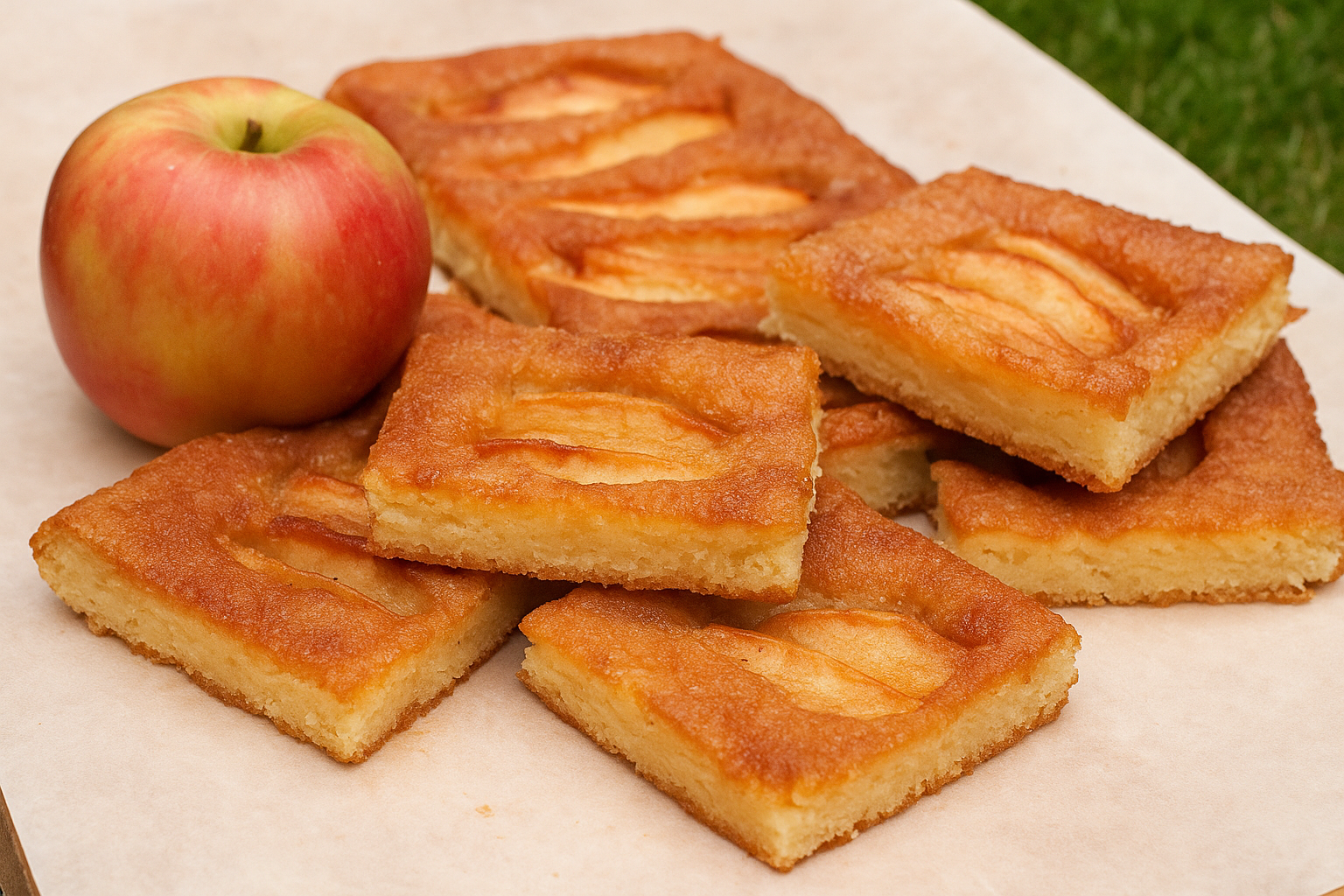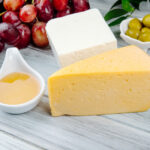Introduction
The word “almás” carries a warm and comforting charm. In Hungarian, it simply means “with apple,” but its meaning goes far beyond a translation. When you hear almás, you think of cozy kitchens, the scent of freshly baked pies, and the sweet taste of apples cooked to perfection. Whether it’s in a flaky pastry, a soft cake, or a simple homemade dessert, almás captures the heart of Hungarian comfort food.
Today, the world is rediscovering the beauty of traditional almás recipes. People are returning to natural flavors and simple ingredients that bring back memories of home. From the famous almás pite to modern variations, these apple-based dishes offer both taste and nostalgia. Let’s explore the story, flavor, and health benefits of almás, and discover how this simple concept continues to inspire kitchens around the world.
The Cultural and Linguistic Meaning Behind the Word “Almás”
The word “almás” comes from the Hungarian word “alma,” meaning apple. When combined with other words, it forms expressions for dishes that feature apples, such as almás pite (apple pie) or almás rétes (apple strudel). The term itself reflects Hungary’s deep cultural connection to apples, one of the country’s most common and beloved fruits.
In Hungarian homes, apples are more than just an ingredient — they represent abundance and simplicity. Generations of families have grown up eating almás desserts made from apples picked straight from backyard trees. This connection between nature, home, and food has helped the word almás become a symbol of warmth, hospitality, and family tradition.
Beyond language, almás reflects a philosophy of cooking: using what is available, keeping it natural, and creating something delicious from simple ingredients. It reminds us that good food doesn’t need to be complicated — just made with care.
Exploring the Origins and History of Traditional Almás Dishes
Traditional almás dishes have deep roots in Central and Eastern European cuisine. Apples have been grown in Hungary for centuries, and early recipes featuring them were often passed down orally through families. As baking techniques developed, almás pastries became a staple at family gatherings, festivals, and Sunday lunches.
The Hungarian almás pite, or apple pie, first gained popularity in the 19th century. It was a humble yet elegant dessert — thin layers of pastry filled with sweet, spiced apple slices. Each region of Hungary added its own twist, using local spices, nuts, or raisins to enhance the flavor. These variations gave rise to a rich culinary tradition that remains loved to this day.
Over time, almás dishes traveled beyond Hungary’s borders, influencing and being influenced by neighboring cuisines such as Austrian, Slovak, and Polish. The shared love for apples made it a unifying symbol in the region’s dessert culture. Today, traditional almás recipes continue to bring together history, culture, and the simple joy of homemade food.
Delicious Traditional Almás Recipes You Should Try at Home
When people think of almás dishes, they usually imagine baked desserts filled with juicy, cinnamon-spiced apples. The classic almás pite remains the most well-known, but there are several other delicious Hungarian recipes worth trying. One popular choice is almás palacsinta, or apple pancakes, a comforting treat perfect for breakfast or dessert.
Another favorite is almás rétes, a delicate apple strudel that combines flaky pastry with a soft apple filling. It’s often served with a light dusting of powdered sugar and a dollop of whipped cream. For a simpler option, almás fánk — apple doughnuts — offer a sweet, crispy bite with every mouthful. These recipes showcase the versatility of apples in Hungarian cuisine.
What makes these dishes special is not only their taste but the feeling they bring. Preparing an almás dessert fills the kitchen with the scent of cinnamon, sugar, and baked apples — a reminder that happiness can come from the simplest things.
Step-by-Step Guide to Making Authentic Hungarian Almás Pite
An authentic almás pite is known for its rustic charm and balanced sweetness. To make it, you start with a buttery dough that serves as the base and top layer. The filling is made by slicing fresh apples, usually tart varieties, and mixing them with sugar, cinnamon, and sometimes lemon zest or crushed nuts.
Once the layers are assembled, the pie is baked until golden brown. The top should be crisp, while the inside remains soft and aromatic. The key to a perfect almás pite is achieving the right texture — not too dry, not too wet. The natural juice from the apples should gently soak into the pastry without making it soggy.
Traditionally, almás pite is served at room temperature and cut into squares rather than slices. It’s often dusted with powdered sugar and paired with tea or coffee. While modern versions might add caramel, vanilla cream, or oats, the true charm of almás pite lies in its simplicity and homemade feel.
The Health Benefits of Eating Fresh Apples in Almás Dishes
Apples have long been considered one of the healthiest fruits, and almás dishes benefit greatly from their nutritional value. Apples are rich in fiber, vitamin C, and antioxidants, which help support digestion, boost immunity, and maintain healthy skin. Even when baked, apples retain much of their natural goodness.
When used in moderation and combined with wholesome ingredients, almás desserts can be both tasty and healthy. The natural sweetness of apples allows you to reduce added sugar, while their pectin content supports gut health. Adding cinnamon, a common spice in almás recipes, provides additional benefits by helping to regulate blood sugar levels.
Enjoying almás dishes in a balanced diet is not only good for the body but also for the mind. Comforting foods like almás pite can bring emotional warmth, reduce stress, and connect you with cultural traditions that nourish both heart and soul.
Modern Twists on Classic Almás Recipes for Today’s Kitchens
While traditional almás recipes hold a special place in Hungarian culture, modern cooks love experimenting with new variations. Today, you can find almás muffins, vegan almás pite, and even gluten-free apple tarts that fit different dietary needs without losing the traditional flavor.
Chefs are also introducing creative pairings — like combining almás fillings with caramel, walnuts, or vanilla cream. Some modern recipes use puff pastry for a lighter texture or replace sugar with natural sweeteners like honey or maple syrup. These small changes make almás desserts easier to adapt to modern lifestyles.
Despite these innovations, the soul of almás cooking remains the same: celebrating the humble apple in delicious, comforting forms. Whether you’re baking at home or trying a new version in a café, each bite carries the essence of Hungarian tradition with a modern twist.
Easy Mistakes to Avoid When Preparing Any Almás Recipe
Cooking almás dishes may seem simple, but small mistakes can affect the final result. One common issue is using apples that are too soft or too sweet, which can make the filling mushy. It’s best to use firm, slightly tart apples that hold their shape during baking.
Another mistake is skipping the step of draining excess juice from the apples before baking. If the filling is too wet, the pastry can turn soggy. It’s also important to balance spices carefully — too much cinnamon or sugar can overpower the natural apple flavor. Always taste your mixture before assembling your dish.
Lastly, patience is key. Allowing your almás pastry to cool before cutting helps the layers set properly and keeps the texture perfect. These small details ensure your homemade almás recipe turns out beautifully every time.
Conclusion
The world of almás is rich with history, culture, and flavor. From the traditional almás pite to modern apple-inspired creations, these dishes bring comfort and joy to every table. The simplicity of apples, combined with warm spices and flaky pastry, creates a timeless experience that connects generations.
More than just food, almás represents a story — one of tradition, love, and the beauty of homemade cooking. Whether you’re baking it for the first time or passing down a family recipe, every almás dish reminds us that true happiness often begins in the kitchen, with the sweet scent of apples filling the air.
My name is Mustafa, and I have been blogging for over 5 years. I am passionate about sharing complete, accurate, and helpful information with my readers. Along with managing content on The Matcha Read, I also contribute blog posts to premium websites. My goal is to provide valuable insights in a clear and easy-to-understand way, so every reader walks away with useful knowledge.










